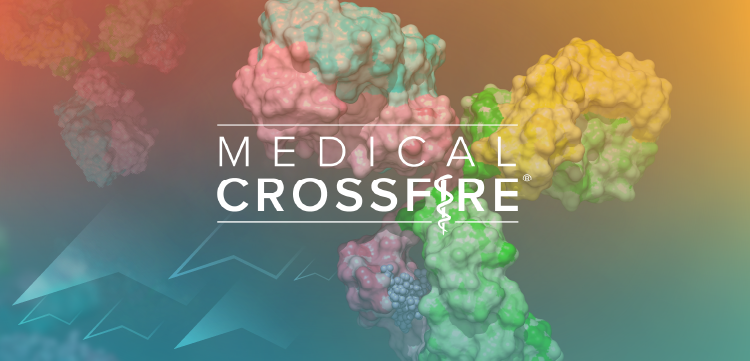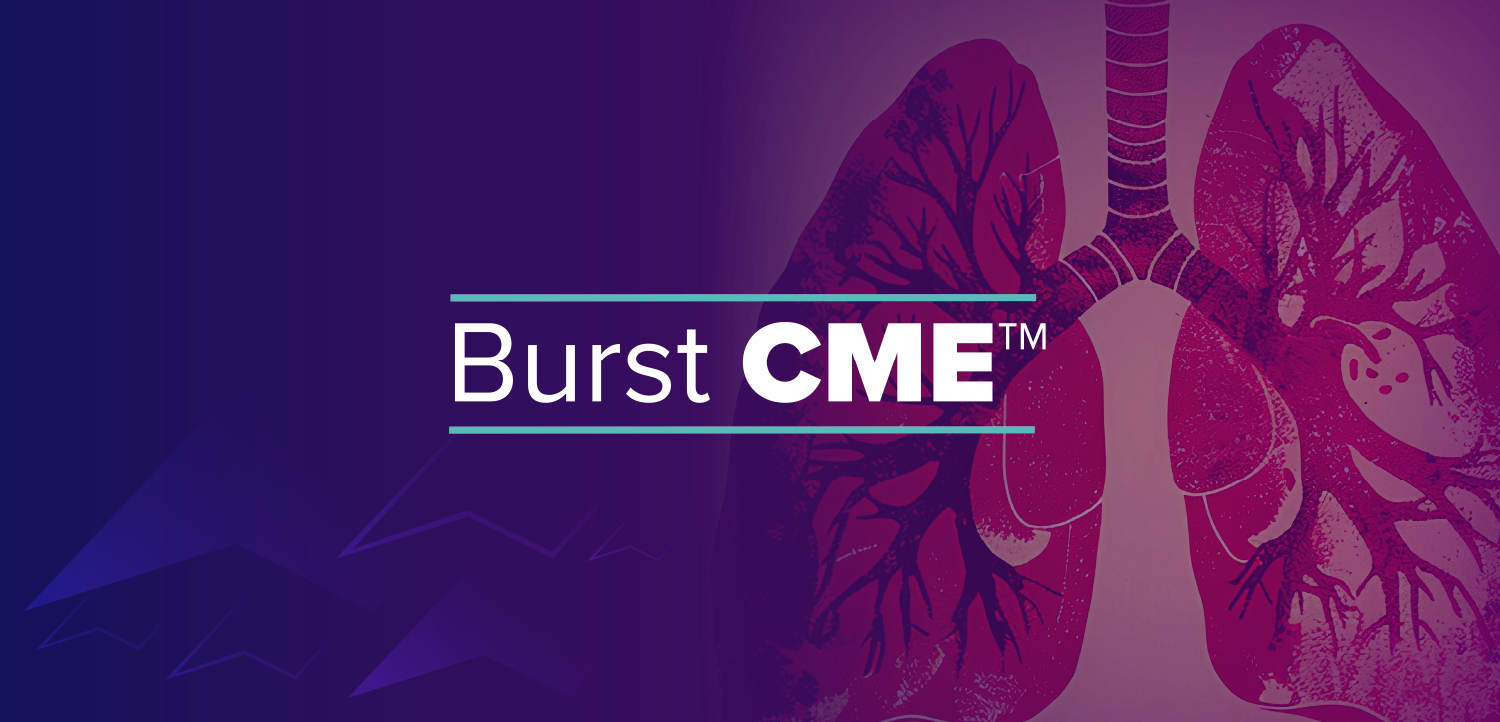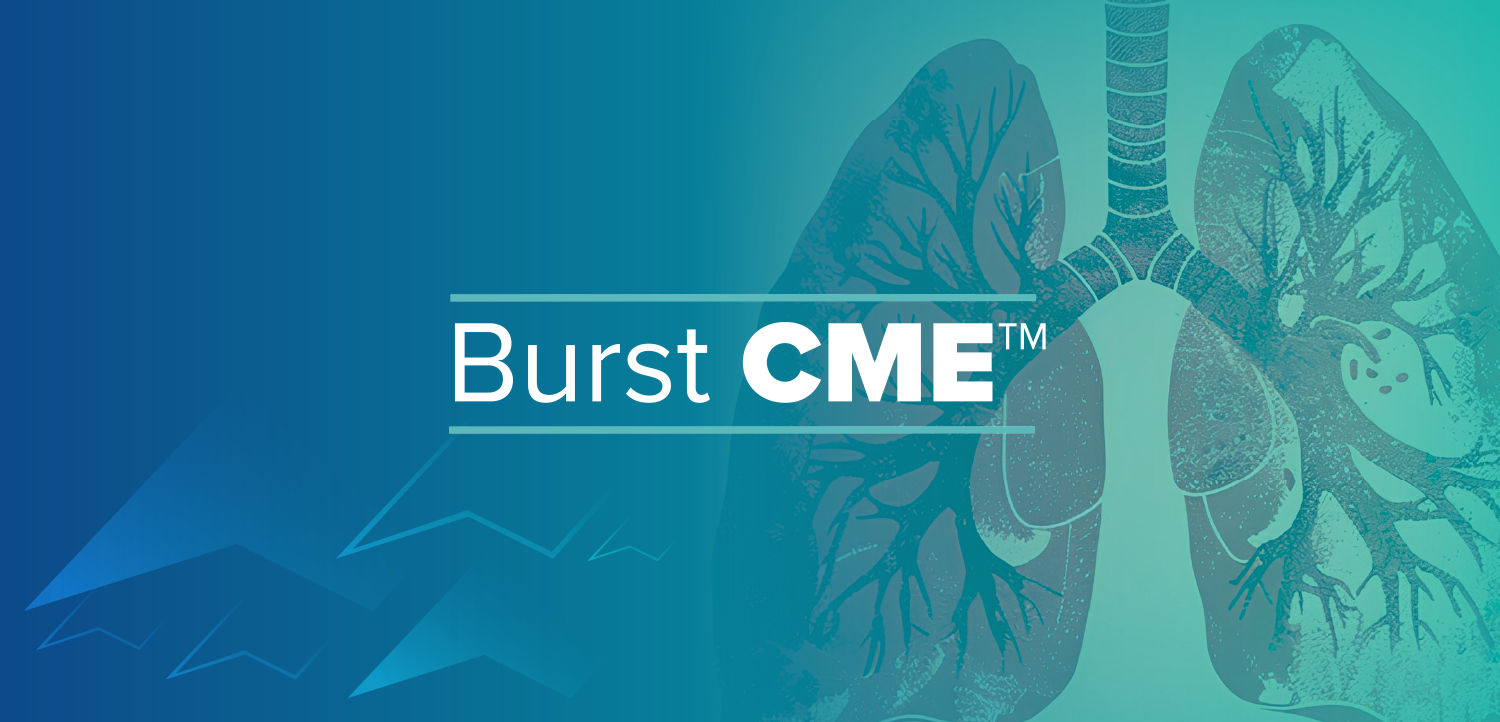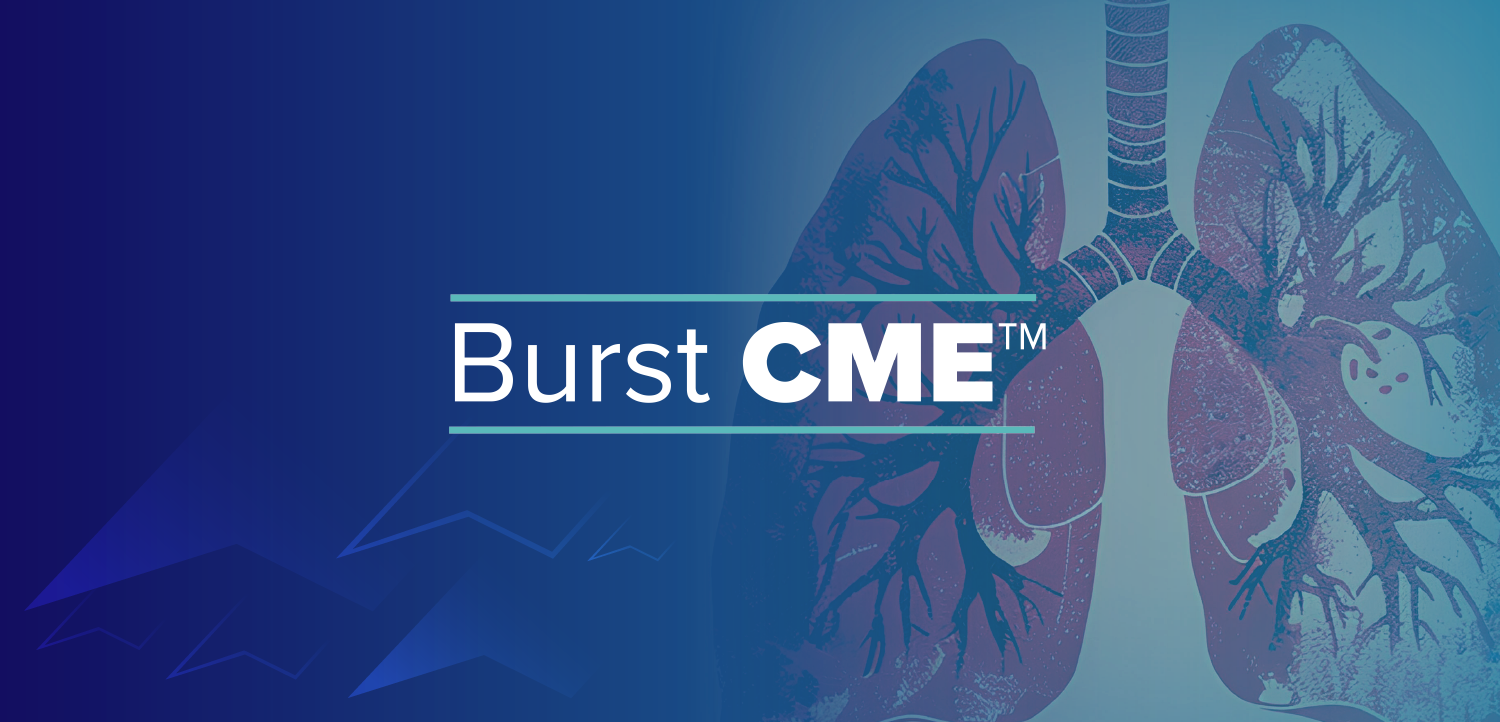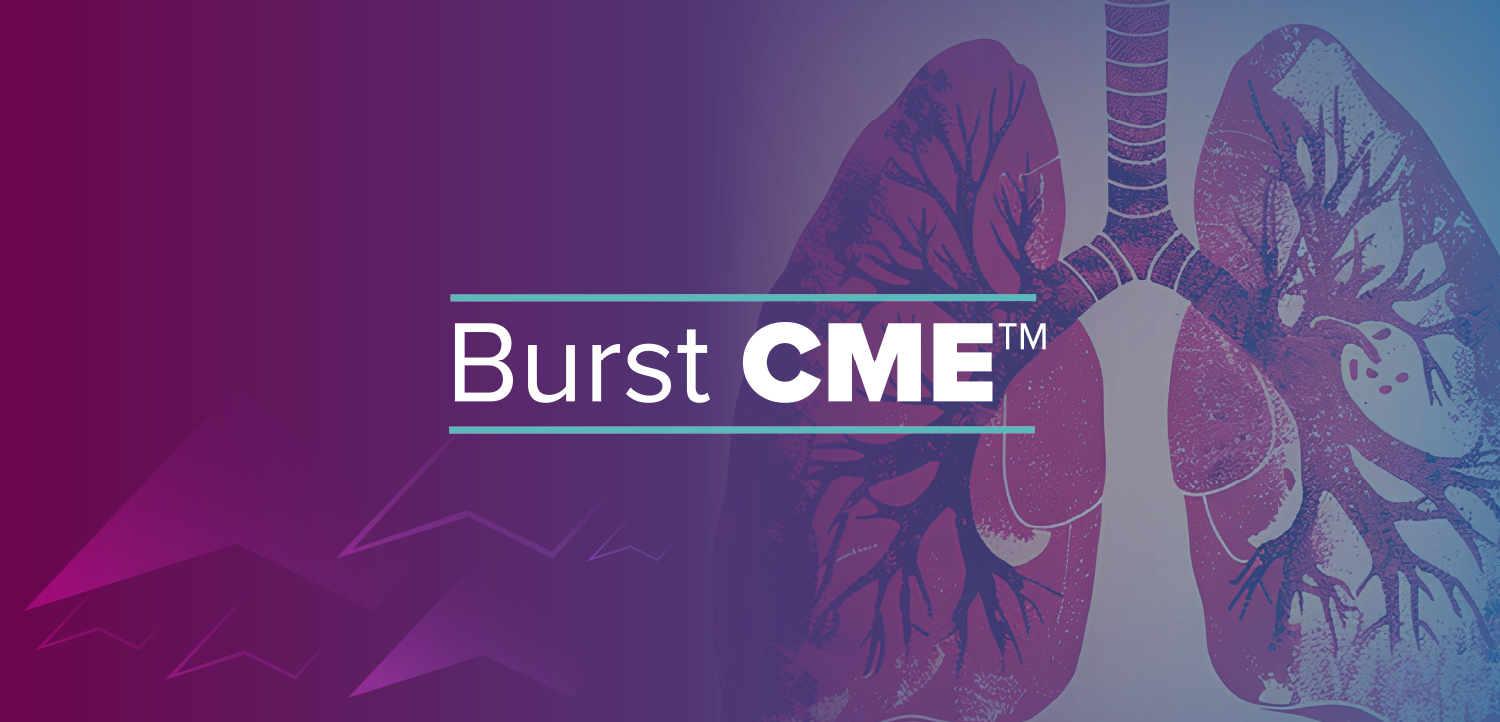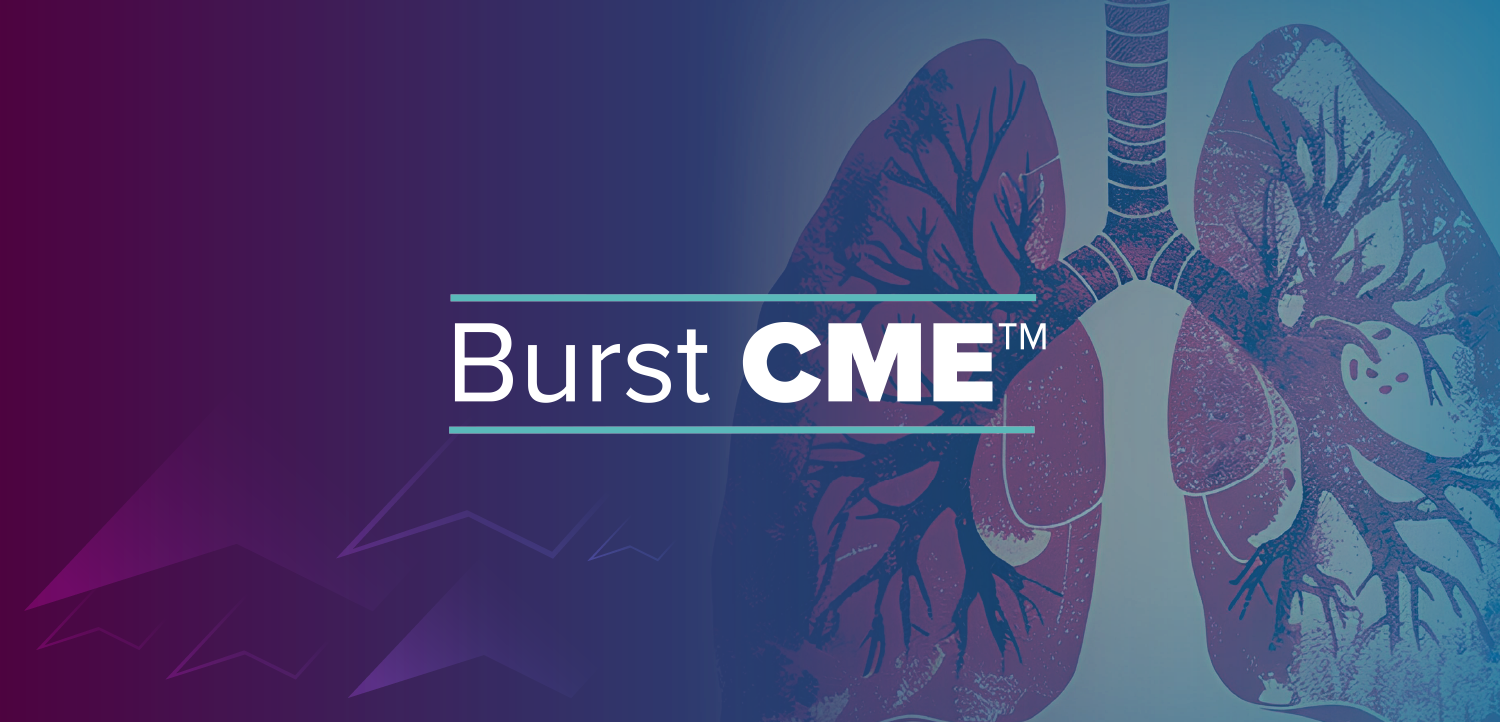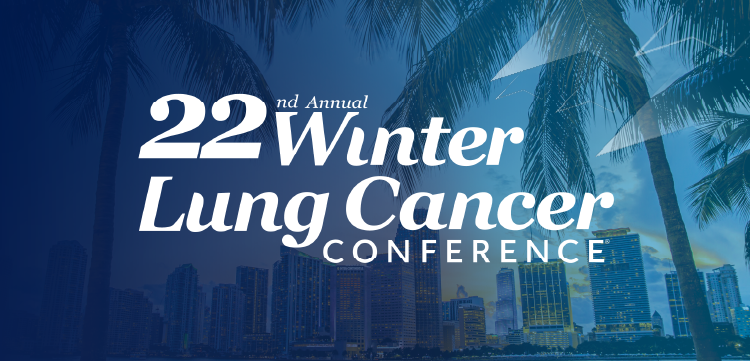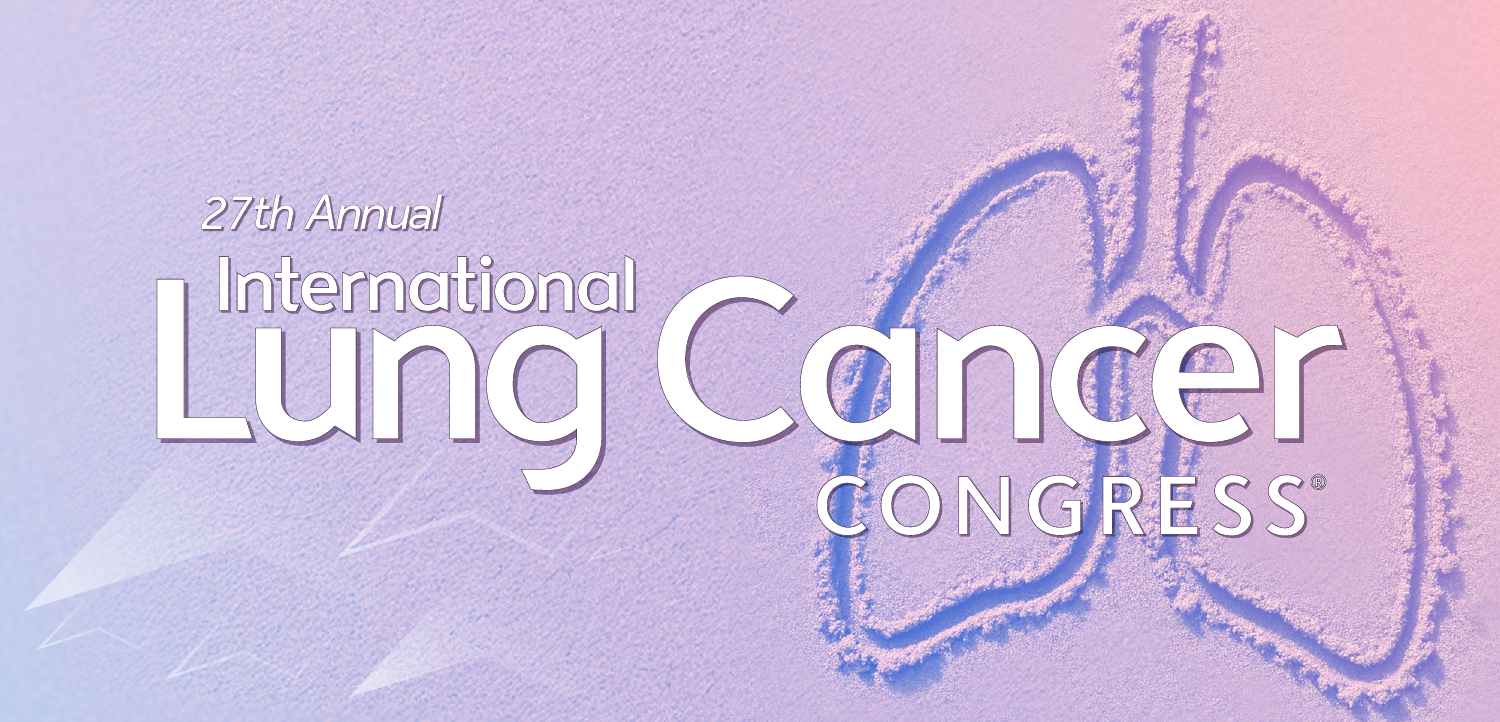
FDA gives once-daily HIV therapy go-ahead
FDA approves Isentress at a higher dose for HIV-1 infected patients.
FDA has approved integrase inhibitor raltegravir (Isentress HD,
Isentress HD is a new 1,200 mg once-daily dose of raltegravir that is to be administered as two 600 mg film-coated tablets with or without food. Although it can be co-administered with a wide range of antiretroviral and non-antiretroviral agents, Isentress HD should not be co-administered with aluminum and/or magnesium-containing antacids, calcium carbonate antacids, rifampin, tipranavir/ritonavir, etravirine, or other strong inducers of drug metabolizing enzymes, such as carbamazepine, phenobarbital or phenytoin.
Raltegravir works by inhibiting the insertion of HIV-1 DNA into human DNA by the integrase enzyme thereby limiting viral replication. It is one of the regimen options recommended by HHS, in combination with other agents, as a first-line therapy in treatment-naïve HIV-1 infected adults.
The approval of once-daily Isentress HD for the treatment of HIV-1 is based on results from the ONCEMRK study, an ongoing phase 3 multicenter, double-blind, randomized, active comparator-controlled clinical trial. ONCEMRK compared the efficacy and safety of once-daily Isentress HD 1,200 mg (administered as two 600 mg tablets) to that of twice-daily Isentress 400 mg, each in combination with emtricitabine and tenofovir disoproxil fumarate, in previously untreated adults with HIV-1 infection with HIV-1 RNA greater than or equal to 1,000 copies/mL.
The primary end point of the study was the proportion of patients achieving HIV-1 RNA of less than 40 copies/mL at week 48. Results of the ONCEMRK study determined that at week 48, 89% (n=531) of treatment naïve HIV-1 infected patients in the once-daily Isentress HD treatment group achieved the primary endpoint compared to 88% (n=266) of patients receiving twice-daily Isentress, again both in combination with emtricitabine and tenofovir disoproxil fumarate.
The result was consistent across demographic groups at initiation and a variety of patient populations, including those with a high viral load, or HIV-1 RNA greater than 100,000 copies per milliliter. Abdominal pain, diarrhea, vomiting, and decrease appetite are the most common side effects experienced in patients on Isentress HD or Isentress; however, the rate of discontinuation due to adverse reactions was only 1% in the once-daily Isentress HD treatment group and 2% in the twice-daily Isentress group. Life-threatening skin reactions, including Stevens-Johnson syndrome, hypersensitivity reaction, and toxic epidermal necrolysis have been reported with raltegravir.
The price of Isentress HD is expected to be the same as twice-daily Isentress and the once-daily medication is expected to be available in pharmacies soon.
Newsletter
Get the latest industry news, event updates, and more from Managed healthcare Executive.










